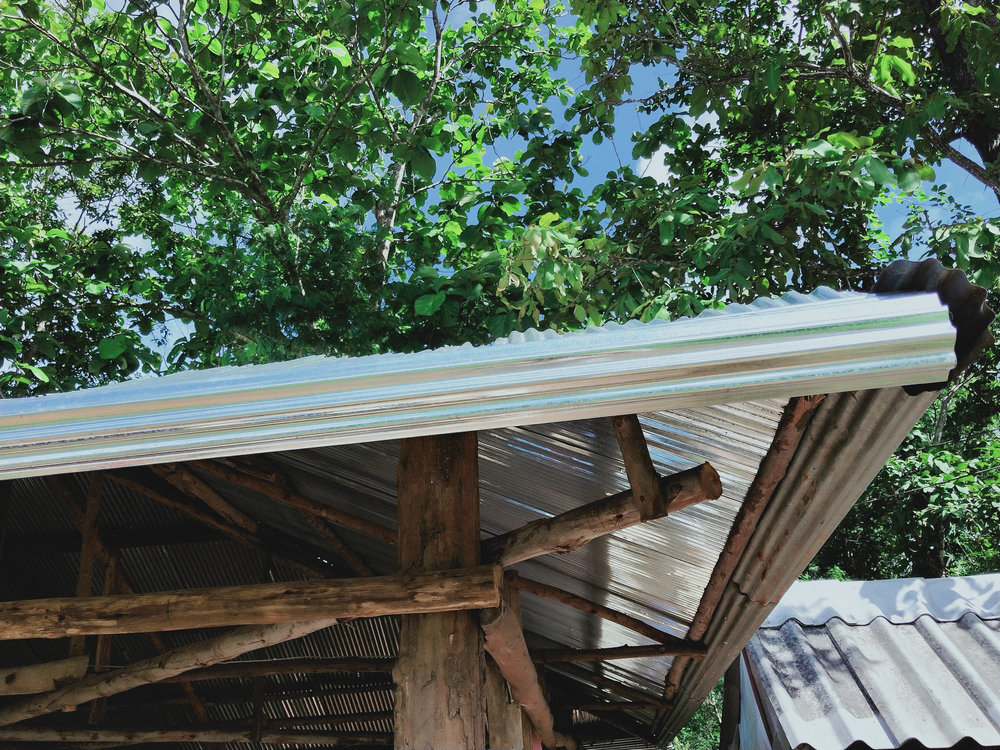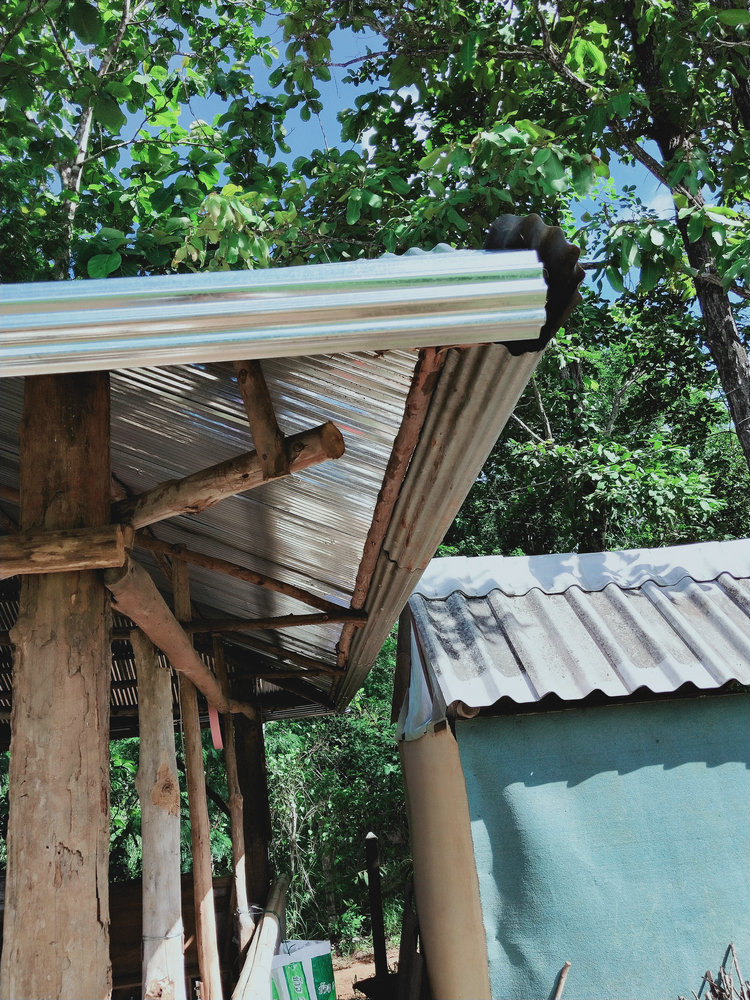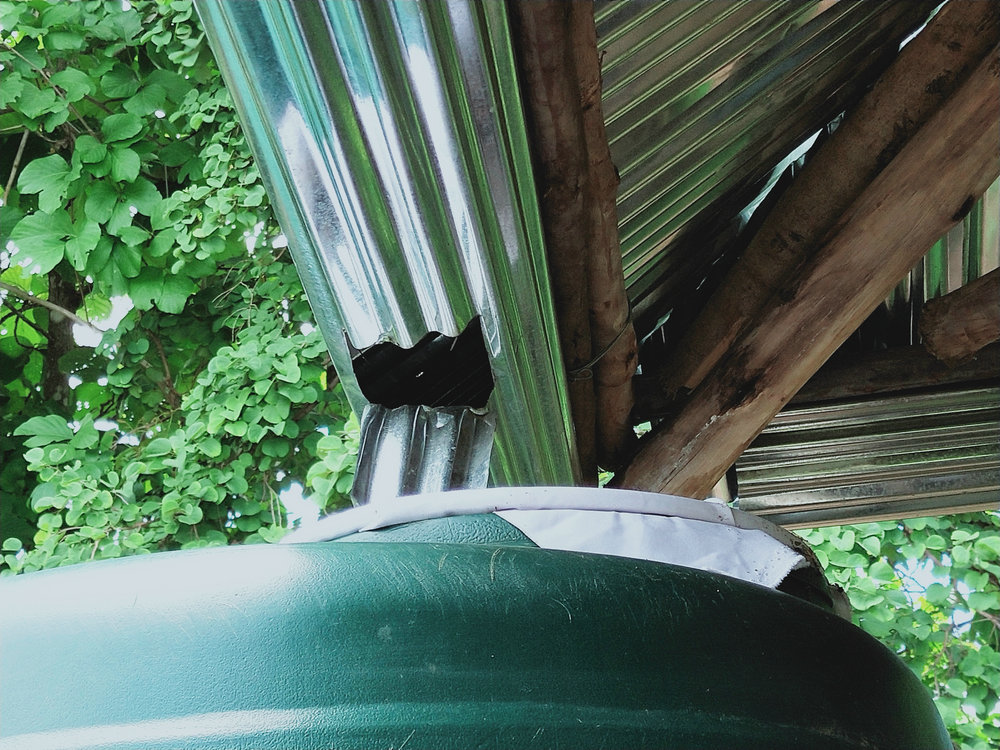Thailand Branch: Hot Days, Cool Nights
Huanxin Celestial
Thailand experiences a subtropical monsoon climate, and if you only look at the weather forecast, you might get the impression that the heat in Thailand is unbearably oppressive. However, once you’re actually here, your body quickly adjusts, and you adapt to the climate without much difficulty. Unlike some of the high-temperature regions in other parts of the world, where both day and night can be hard to endure, Thailand offers a different experience. No matter how hot it gets during the day, as soon as night falls, you usually need a blanket to sleep comfortably. Apart from the period around the New Year when mornings and evenings can feel a bit chilly, the rest of the year offers cool and pleasant night temperatures—neither too cold nor too warm. It’s entirely different from some high-temperature areas where both day and night can be tough to get through, and the humidity makes it unbearable.
For example, when the daytime temperature is 37°C and the nighttime drops to 25°C, you can really feel the difference. Recently, the rainy season has officially arrived in Chiang Mai. We’ve been experiencing frequent showers during the day, which has helped to moderate the heat. It’s not as sweltering, although the increased mosquito activity is a bit of a downside. However, the rain does have its benefits. During the rainy season, we don’t need to spend money on bottled water since we can collect and filter rainwater for drinking. The vegetables and flowers also need less frequent watering. Having grown up drinking groundwater, and after trying tap water and mountain spring water in recent years, this is my first time drinking filtered rainwater. I discovered that rainwater is cool and sweet, surprisingly pleasant to drink. This new experience in a different region has challenged many of my previous assumptions.
One interesting observation is how the body perceives temperature differently in different places, even at the same temperature. For example, the cold in Central China feels different from the cold in Northeast China, even though the temperature might be the same. The Northeast doesn’t seem as cold, somehow. Similarly, the humid heat in the South is quite different from the dry heat in the North, making it harder for Northerners to adapt to the South’s climate. I still haven’t fully understood why there’s such a variance in how people experience temperature and time. It’s fascinating how the same 24 hours can feel vastly different to different people. Some feel like each day drags on forever, while others don’t notice time passing at all. On the contrary, some people feel like time flies by in the blink of an eye. Why is that?
After much thought, I believe that the difference in how we experience time and temperature is tied to our state of consciousness. The saying “a calm heart naturally feels cool” has some truth to it, as does the idea that “happy days are always short, while painful days feel like an eternity.” This reminds me of a passage described by the guide in A Glimpse of the Thousand-Year World, where it’s mentioned that “especially a small secluded pool, the temperature changes mysteriously—scalding one moment, freezing the next, sometimes erupting, sometimes serene. The sacred place of the Cleansing Bath is not accessible to anyone who has not cultivated for over 30,000 years.” How incredible is that? It’s beyond the comprehension of ordinary people, almost impossible to imagine. What kind of body structure do the immortals in the Thousand-Year World possess that allows them to instantly switch between such extreme temperatures? It’s quite perplexing.
From a human perspective, we are like blind men feeling an elephant, only able to perceive a part of it, never the whole. But opening the Buddha’s eye allows one to see the universe clearly; the thirty-six-dimensional space is close at hand, and the contrast is truly staggering. Without reading the Lifechanyuan Series, it’s hard to truly grasp the meaning behind “there are always greater people beyond, and there are heavens beyond the heavens.” Narrow and limited conventional thinking is no longer effective today. Breaking from convention and embracing unconventional thinking is the way to move toward a more beautiful and colorful new world.
2020-6-22






Last updated